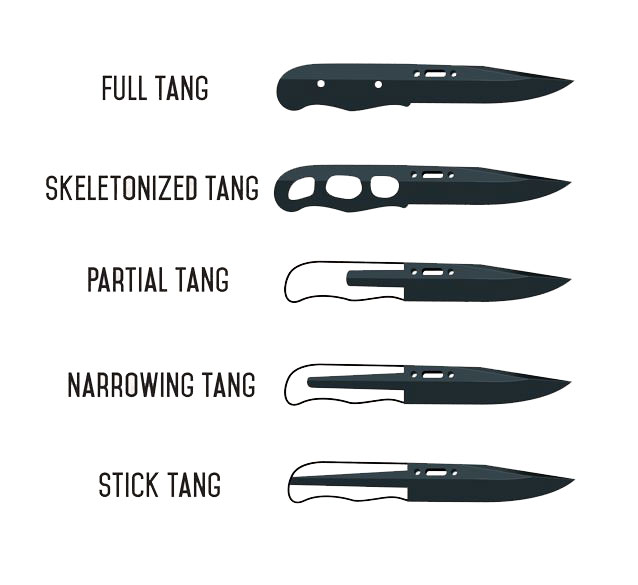
This article is answering a main question “What does Knife Mean in Knife? and different types of tangs. As whenever we go to any website or read any review, word TANG catches our eye, but most of the time, question remains unanswered.
What is Tang in knife?
In simple terms, the knife tang is the unpublished portion, usually undisclosed from the blade and extends down the handle.
When the knife is said to have a full tang, this indicates that the hard metal piece that makes up the blade also goes down the handle. A full Tang knife relies on its structure and strength on a solid and continuous piece of metal.
The opposite is a partial Tang, where only the blade extends only partially (usually very thin) through the handle. As you can see in the pictures below, a full Tang knife can also be used without a handle, and it has a much larger profile than a partial Tang blade.
What are the different types of tangs?
Full tangs
- Full
- Hidden
- Skeletonized
- Encapsulated
- Extended
Partial tangs
- Partial
- Rat-tailed
- Push
- Tapered
Full Tang Knife
This is a regular full tang that can be seen in many knives to survive. Tang extends the entire length of the handle. Usually made of handle up to two pieces, fastened to the Tang sides with metal pins. Tang knives are full, sturdy, reliable, and firm, which is generally great for knives to survive (normally seen in survival Knives). Differences in full tang include extended tang, coated tang, and hidden tang.

Example of Full Tang Knife
TOPS Backpackers Bowie from TOPS Knives & Tools is a full tang knife
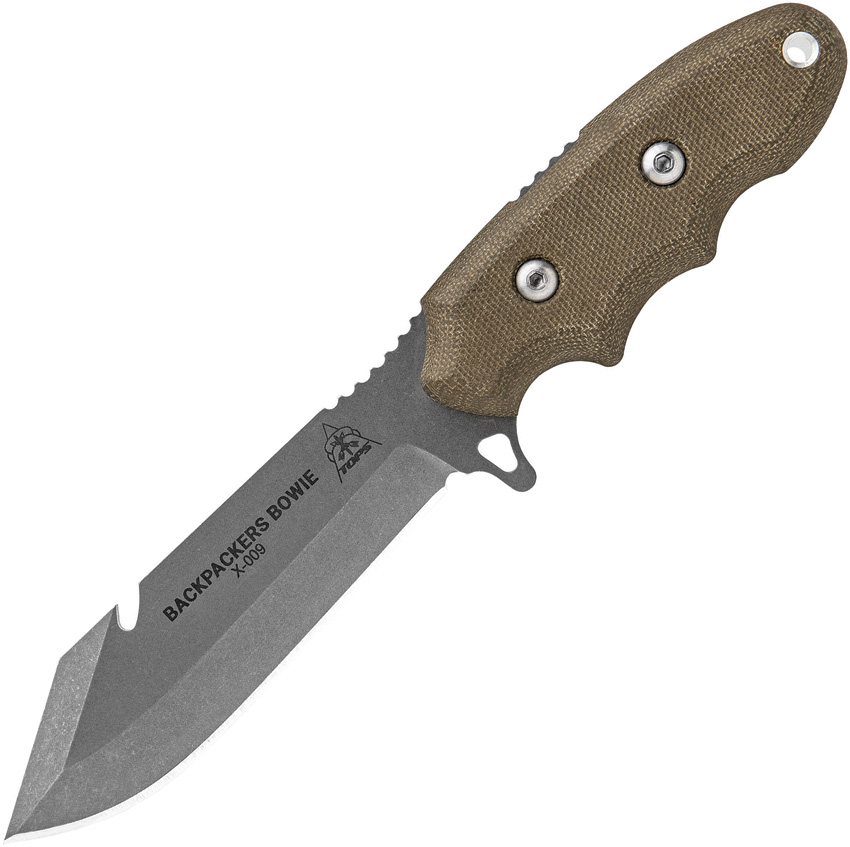
Pros of Full Tang
- Everyone should now know that there are no such things as we can call absolute but this tang is considered the most powerful.
The whole tang has the most steel in handling, meaning that it is less likely to bend or fail while in use. - A tang extended handle length not only gives the user more leverage but a better balance as well, because the knife’s balance point will usually fall toward the middle.
- If a knife is used in life-saving operations or survival situations, a full Tang knife is highly recommended.
Cons of Full Tang Knives
- What is the main downside of having such a sturdy knife? The answer is its weight.
- Since the entire layer uses the most amount of steel in the handle, it increases the total weight of the knife.
- However, many skilled knives users will bear this extra weight by pressing tang towards the back. Balance it more or extending the tang
Hidden Tang
Hidden tangs are the difference of full tangs. Whereas in a regular full Tang knife, the width of the Tang is usually the same as the width of the blade, which is not the case in a hidden Tang. Hidden Tang has a slightly smaller Tang compared to the blade. However, a great deal of material remains in play despite the handle, which is why hidden Tang knives are usually as strong and safe as natural full tangs.

Example of Hidden Tang Knife
Fallkniven (KK) Kolt Knife is a good example from Fallkniven Knives
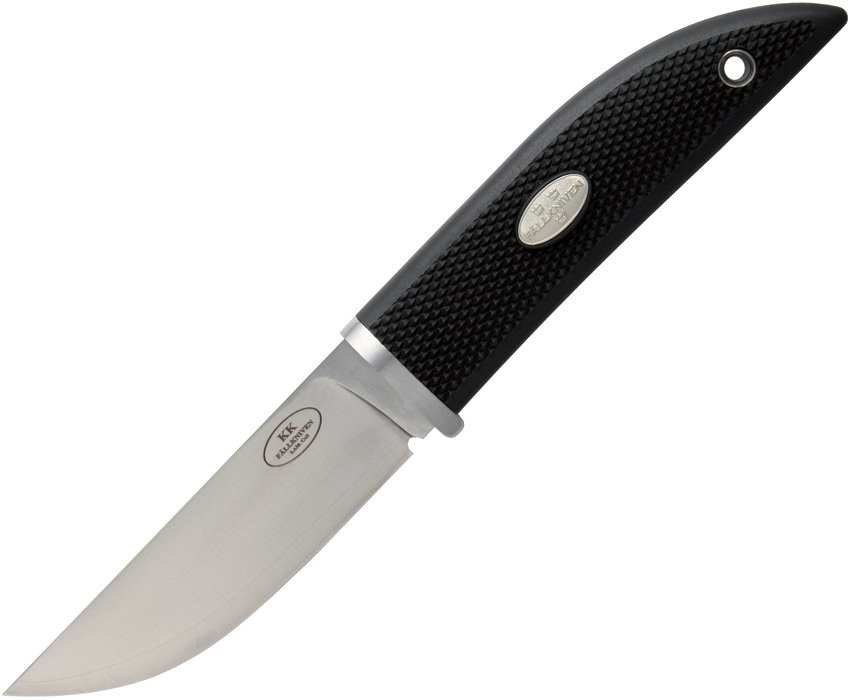
Skeletonized Tang
In structural blocks, large parts of the break are cut during the manufacturing process. However, the tang still extended across the entire handle, allowing it to maintain its full characteristics and advantages. Another feature of the tang’s skeleton is the light weight of this item, as the material has been removed.

Example of Skeletonized Tang Knife
ESEE Izula of ESEE Knives shows clearly what a Skeletonized tang knife look like.

Laminated (Encapsulated) Tang Knife
A knife with a Tang laminated is a full Tang knife. Tang extends the entire length of the handle. However, you won’t be able to see any of them, and you might think it’s just a partial Tang knife. This is because the handle material covers the cap (it is wrapped in the handle). Tangs have the same advantages as regular full tang knives, except that it can easily mistake the partial tangs.

Example of Laminated ( Encapsulated Tang Knife)
Combat Commander Boot Knife from United Cutlery is one of the examples of encapsulated tang knife.
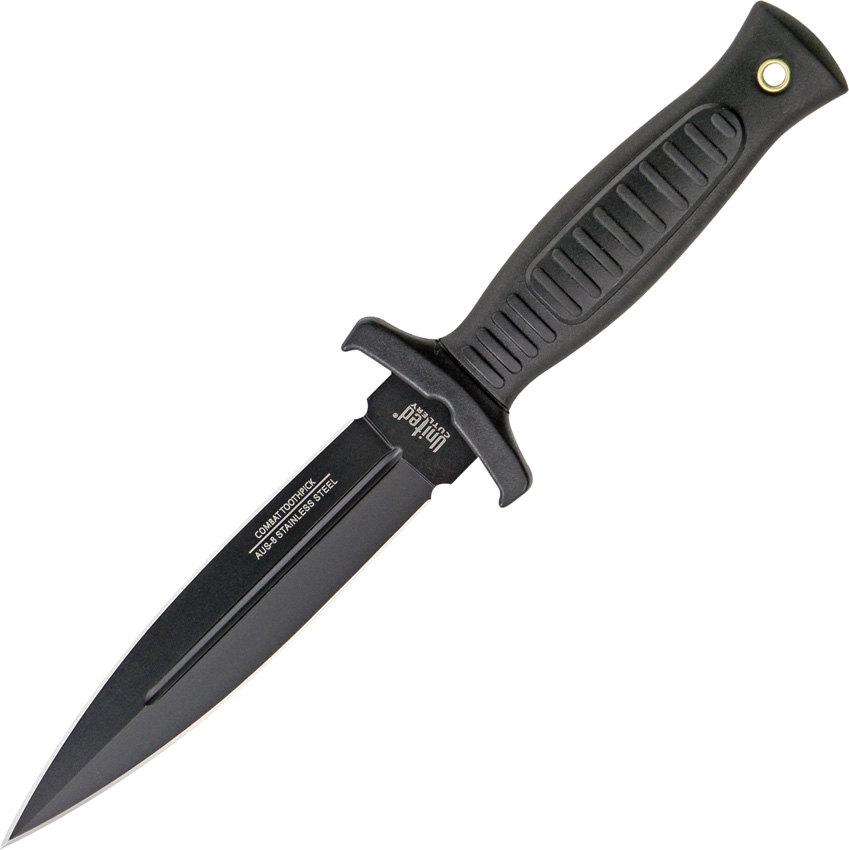
Extended Tang Knife
Tang extended is basically a complete Tang, but just an extension, as the name implies. Tang runs to the end of the handle, forming a thin loop. In most knives with extended shots, the portion of shots that come out of the handle usually have a hole in the rope.

Example of Extended Tang Knife
TOPS BOB Hunter Rocky Mountain from TOPS Knives is an great example of Extended Tang Knife
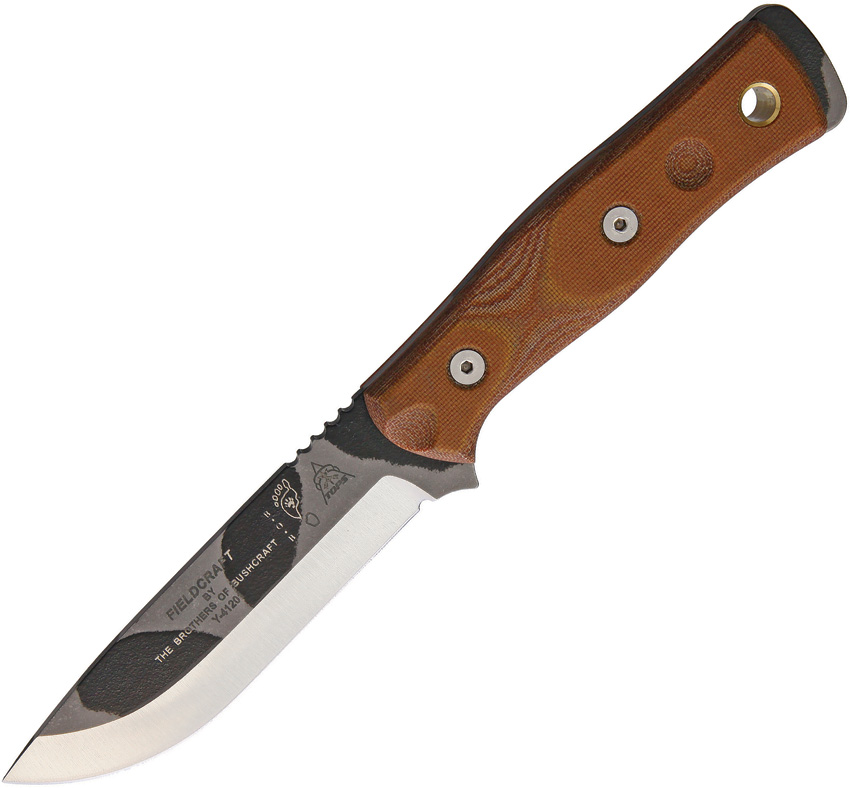
Partial Tang
These knives are total opposites of a full Tang Knives. In a partial Tang knife, Tang only extends to a small fraction of the length through the handle. Hence, the knife is not as strong and durable as a full Tang knife. However, the advantage is that the partial Tang knives are cheaper and easier to manufacture. But if you’re looking to invest in an outdoor craft knife / shrub, my instinct is to lean more towards the whole Tang. Differences in partial Tang knife include Tang pushing, and in some cases, tapered Tang.

Example of Partial Tang Knife
Cold Steel Finn Bear is another example of Partial tang knife and as name suggests its a Cold Steel Knives product.
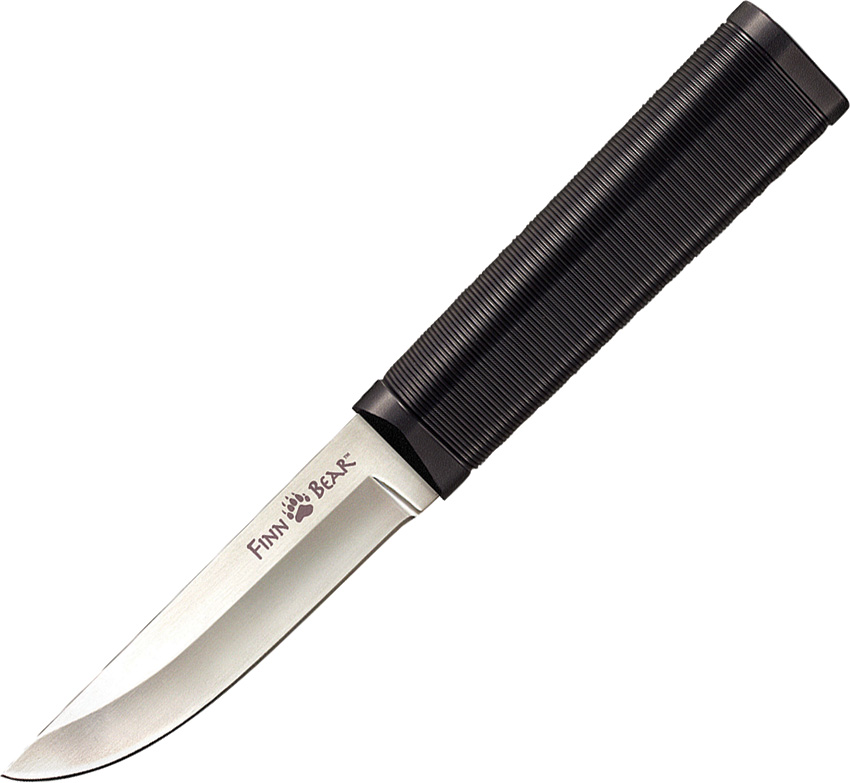
Rat tail Tang
This one is very controversial. The rat’s tail, as the name suggests, stretches very thinly through the handle. Although it usually spreads along the entire length of the handle, I do not consider it to be a whole person. This is because I consider you need at least a certain amount of the material that was formed in order to look at the full knife. Obviously, a regular full tang knife is more powerful than a rat tang knife, and one will not trust a rat tang too.

Example of Rat Tail Tang Knife (Sword)
This tang is seen mostly in Swords, for example Anduril The Sword of Aragorn from Lord of the Rings Movie by United Cutlery
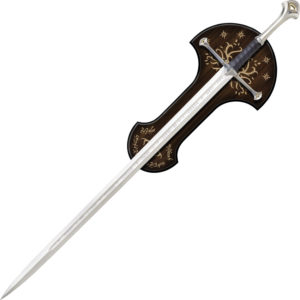
Push Tang
Push Tang
The knife blade is pushed into the handle and held in place during the manufacturing process. This results in a partial Tang, which makes the blade not connected to the handle. Tang push knives will have a blade weaker than full Tang knives, but it’s easier to make. Although there are some good quality Tang push knives, I am not trying to hit a tree or use a rock with a Tang push knife.

Example of Push Tang Knife
United sentry clip point blade is an excellent example of Push tang knife by United Cutlery

Tapered Tang
Tapered Tang can be described as a Tang losing volume as it stretches through the handle. Hence the slopes, or tapers, were below the knife handle. Tapered tangs can be partially filled, which usually depends on where tang is decreasing. If the tang deviates down through the entire length of the handle, the knife has a fully tapered tang. Otherwise, Tang can be considered partial.

Example of Tapared Tang
Pendleton Hunter from Cold Steel Knives is a perfect tapared tang knife.
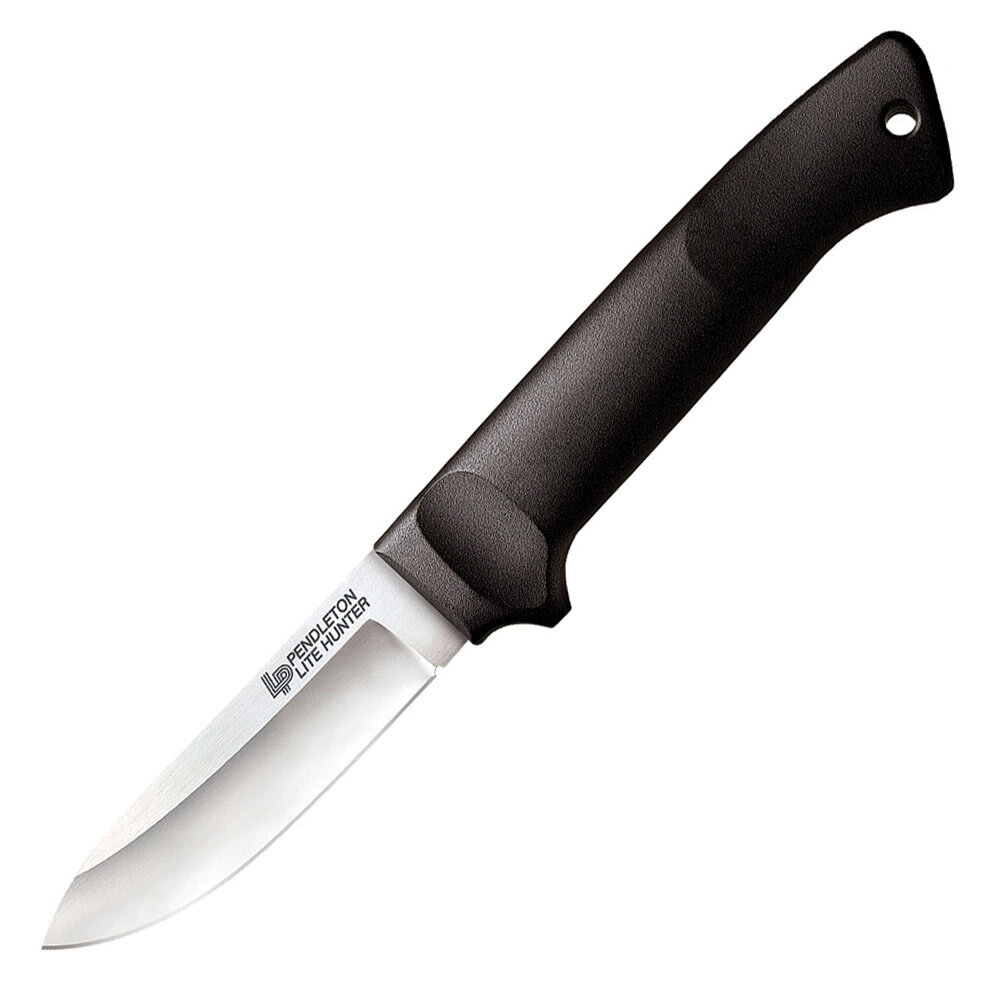
Conclusion
You can clearly see and know the differences between different Knife tangs.
Basically, what you should remember is:
- Tang knife is part of the blade that runs along the handle.
- There are many different types of knife tangs and definitely there is a trade off between weight, length and strength of knives as well, but most of them Full tang or partial tang.
- Full Tang knives are more powerful and reliable than partial Tang knives.
- They are better choice for outdoor and survival situations.
- You can clearly see why a full Tang knife is essential in any good survival or outdoor knife.
- There is no way to bypass it.
- A full Tang knife will always be a better choice than Partial Tang.